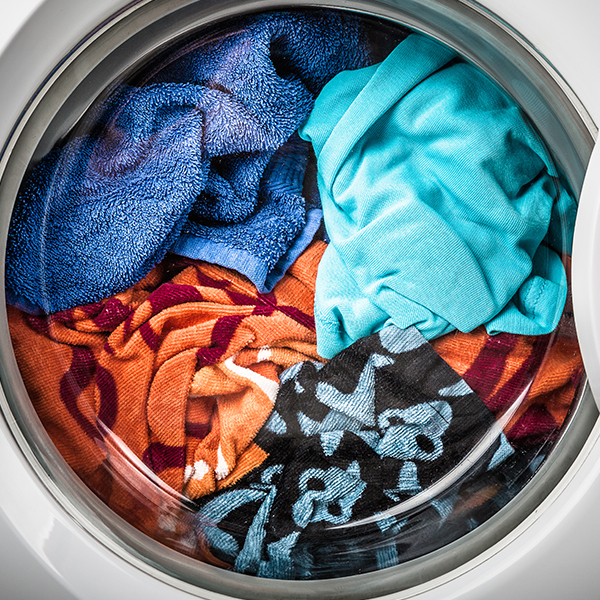Here below yow will discover additional good information related to The Best Tips for Cleaning Up After A Washing Machine .

Exactly how you hand those valuable minutes after your cleaning machine leakages and also floodings can affect exactly how fast your building gets recovered. Knowing what you need to do as well as who to call can conserve you from substantial damage. It will certainly likewise help aid you in filing for house owners insurance policy coverage. Take a look at these top suggestions below:.
Shut off the Power.
Turn of the circuit breaker where the washing device is. It is important to ensure the washer is off. Water is a conductor, and doing this action guarantees no one suffers from electrocution. Besides, you need to not use your washer till an expert repairman has actually examined it.
Get the Standing Water.
As you await the plumber or repair service technician to come, you have to deal with the flood. If your washing machine remains in the basement with substantial flooding, you require a submersible pump to secure the water. You can rent or obtain this. Nevertheless, if it happens in the middle of the evening, the old container technique will likewise work. Use numerous containers to by hand discard out the water. It would be best if you did this as soon as possible, as the longer the water stays, the extra substantial the damage.
Call the Pros.
If you presume the issue is with your water line, you need to call a qualified plumber. Nonetheless, if you are unsure, call a washing machine technician for a fast assessment. This person can tell you best what the problem is. Maybe an issue with the device itself or the pipelines connecting to the equipment.
Document the Damages.
Prior to tidying up this emergency flooding situation, you must record everything. Keep in mind, images, as well as videos. It would be best if you had all of this as evidence to support your insurance cases. After that you can call your property owner's insurance policy service provider to inspect what other needs they require to process your demand.
Vacuum Any Type Of Continuing To Be Water.
Using a wet/dry vacuum cleaner, eliminate the rest of the water, and draw it from porous products like walls, drywall, flooring, as well as carpets.
Switch Off Water System.
You should switch off the water of the maker. Whether it overflows for unknown reasons, breaks down in the reduced pipes, or ruptures the major hose, you will be taking care of tremendous amounts of water. If the local supply line to the washer does not close it off, you should turn off the primary water valve outside your residence.
Dry the Location as High As Possible.
After getting the standing water, get mops or old towels to suck out as much water from the floor or rug. Keep the windows open to distribute the air. You may also use electrical followers to quicken the drying process. Remember, water will cause mildew and mold development which is hazardous to your health and wellness. If you feel that the situation is way too much to manage, you can also look for water removal solutions from a repair company. Your insurance coverage claim could additionally aid spend for this service, so just ask.
Bear in mind, a busted washing machine with leaking pipelines will lead to devastating damage due to the substantial amounts of water it can unload. Hence, it would certainly aid to have your device and also water lines inspected every year. You can look for help from a reliable plumber to replace your supply line hoses. Doing evaluations avoids demanding breakdowns and costly malfunctions.
Washing Machine Drain Issues And How To Handle Them
Few household problems can compare to an overflowing washing machine. Chances are, you use your machine daily, if not more. Once it overflows, you ll be stuck without an in-house washing machine and with gallons of water spilling into your home, causing significant damage and, often, costly repairs.
The solution: get ahead of overflowing washing machines with scheduled maintenance and annual check-ins and if your machine does begin to overflow, act fast. This simple approach can help you curb issues and curb costly damage down the road.
Why Does a Washing Machine Overflow?
Washing machines overflow for a variety of reasons the leading culprit, though, is a clog in the drain pipe. Lint and other debris come off of clothing during the wash cycle and are drained from the unit alongside the dirty water, potentially leading to clogs that can wreak havoc on your drain pipe. Old or damaged pipes, a kink in the discharge hose, a blockage in the main sewer line and wrong-sized pipes are other common problems.
How do I Stop an Overflowing Washing Machine?
If the machine starts overflowing, turn it off immediately to stop the water flowing. Next, clean any water that s overflowed to minimize damage a dehumidifier or fan are also helpful for drying moisture from the spill. While you may need to call a plumber for assistance, it s important to check and confirm the drain pipe and discharge hose are still connected. If they are, then you know a clog may be present.
How to Prevent a Washing Machine Overflow
Use a garment or lint bag to reduce the risk of clogs Inspect and clean your machine s lint trip or filter monthly, if one is present Ensure that there is at last 1/2 of space between the drain pipe and discharge hose for ventilation Confirm the discharge hose is correctly attached to the drain pipe. Keep in mind, basic vibration can loosen the connection. https://choateshvac.com/overflowing-washing-machine-drain-fix/

I was brought to that article on Washing Machine Flooding through a good friend on a different blog. For those who enjoyed reading our blog post plz be sure to share it. Many thanks for your time invested reading it.
Go Services